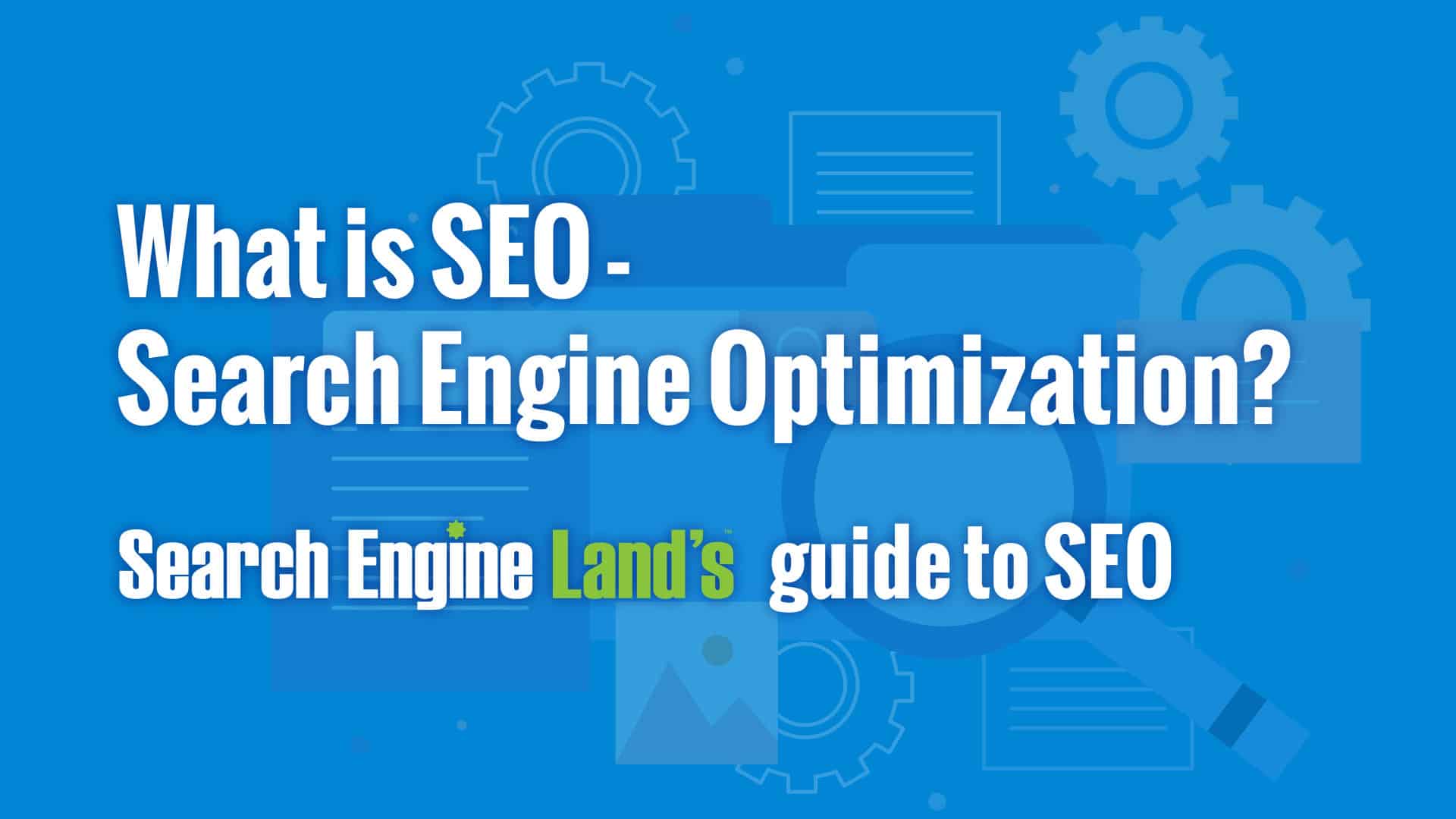In today’s digital age, it’s not enough to simply have a website. For your website to be successful, it needs to be easily found by your target audience. That’s where Search Engine Optimization (SEO) comes into play. If you’ve heard the term but aren’t sure exactly what it means, you’re in the right place. In this blog post, we’ll break down the fundamentals of SEO, how it works, and why it’s so important for any online presence.
What is SEO?
SEO stands for Search Engine Optimization, which is the practice of optimizing your website to rank higher in search engine results pages (SERPs). The goal of SEO is to increase the quantity and quality of organic (non-paid) traffic to your website.
In simpler terms, SEO helps search engines like Google, Bing, or Yahoo understand what your site is about and how relevant it is to users’ search queries. When your website is properly optimized, it has a better chance of appearing on the first page of search results, which greatly increases the likelihood of users visiting your site.
How Do Search Engines Work?
Before diving deeper into SEO, it’s essential to understand how search engines work. Search engines like Google have automated bots called crawlers that go through billions of web pages on the internet, collecting information about them.
This information is stored in an index—a massive database of web pages. When someone types in a query, the search engine sifts through the index and tries to return the most relevant and useful results. SEO helps make sure that your website is one of those relevant pages.
The Importance of SEO
SEO is important for many reasons, but the primary benefits include:
- Increased Visibility: SEO improves your website’s visibility on search engines, making it easier for potential customers to find you.
- Credibility and Trust: Websites that rank higher in organic search results are often perceived as more credible and trustworthy.
- Cost-Effective: Unlike paid ads, SEO drives organic traffic, which doesn’t require a continuous budget to maintain. Once you optimize your site, it can continue attracting visitors without additional costs.
- Better User Experience: SEO isn’t just about pleasing search engines; it also focuses on improving your website’s usability and user experience, which can lead to higher engagement and conversions.
Want to learn FB Ads? Here you go 
Key Elements of SEO
SEO can be broken down into several key components, each playing an important role in improving your website’s performance:
1. On-Page SEO
On-page SEO involves optimizing individual pages of your website to rank higher in search results. Key factors include:
- Keyword Optimization: Ensuring that your content includes relevant keywords that users are searching for. However, it’s essential to avoid “keyword stuffing” and make sure the keywords fit naturally within the content.
- Title Tags and Meta Descriptions: These are the snippets of text that appear in search results. They should include relevant keywords and be compelling enough to encourage users to click on your site.
- Content Quality: Search engines prioritize high-quality, informative, and valuable content. Make sure your content addresses users’ needs, answers their questions, and is engaging.
- URL Structure: Clear, concise, and keyword-rich URLs can improve your search engine rankings and make it easier for users to navigate your site.
2. Off-Page SEO
Off-page SEO refers to actions taken outside of your own website to improve its ranking. This primarily involves link building, which is the process of earning backlinks (links to your site from other websites). High-quality backlinks from reputable sites signal to search engines that your content is valuable and trustworthy.
- Backlinks: Not all backlinks are equal. Links from authoritative and relevant websites carry more weight and help boost your rankings.
- Social Signals: While not a direct ranking factor, social media engagement (likes, shares, mentions) can drive traffic to your site and potentially improve your search rankings.
3. Technical SEO
Technical SEO focuses on optimizing the backend of your website so search engines can crawl and index it efficiently. It includes:
- Site Speed: A fast-loading website improves user experience and can lead to higher rankings.
- Mobile-Friendliness: With more users browsing on mobile devices, search engines prioritize websites that are responsive and mobile-friendly.
- Sitemap: A sitemap helps search engines find and index all the pages on your site.
- Secure Website (HTTPS): Having a secure (HTTPS) website is now a ranking factor, as it indicates trustworthiness.
4. Local SEO
For businesses that operate locally, Local SEO helps you rank higher in local search results, such as “restaurants near me” or “plumber in [city].”
- Google My Business: Setting up and optimizing your Google My Business profile can improve your local SEO.
- Citations and Reviews: Consistent listings and positive customer reviews on directories and review sites can boost your local visibility.
How to Get Started with SEO
Starting with SEO may seem overwhelming, but with a systematic approach, you can begin improving your website’s ranking. Here are the basic steps:
- Keyword Research: Identify the keywords and phrases your target audience is searching for.
- Optimize On-Page Elements: Ensure your content is optimized with relevant keywords, and improve your title tags, meta descriptions, and URLs.
- Create Quality Content: Focus on producing valuable, original, and well-researched content that solves user problems or answers questions.
- Improve User Experience: Make sure your website is fast, mobile-friendly, and easy to navigate.
- Build Backlinks: Reach out to authoritative sites for backlinks or create content that others will naturally want to link to.
- Monitor and Adjust: Use tools like Google Analytics and Google Search Console to track your performance and make adjustments where necessary.
Conclusion
SEO is a powerful tool for growing your online presence and driving organic traffic to your website. While it can take time to see results, the long-term benefits of higher visibility, increased credibility, and cost-effective marketing make SEO an essential part of any successful digital strategy.
Whether you’re running an e-commerce store, a blog, or a service-based business, understanding and implementing SEO is critical for long-term growth and success. So start optimizing your site today and reap the rewards of higher search engine rankings!


